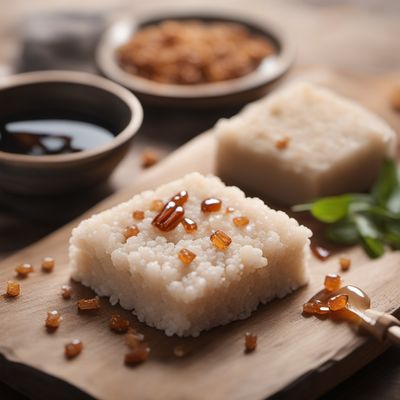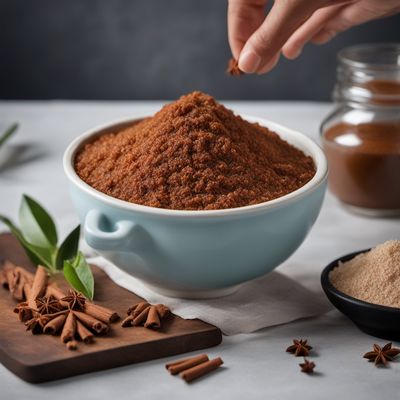
Dish
Songpyeon
Songpyeon is made by mixing rice flour with water to create a dough. The dough is then shaped into small balls and filled with a variety of ingredients, including sweet bean paste, sesame seeds, and chestnuts. The rice cakes are then steamed until they are cooked through. Songpyeon can be served warm or at room temperature. It is a sweet and satisfying dish that is perfect for sharing with friends and family.
Origins and history
Songpyeon has been a part of Korean cuisine for over 1,000 years. It originated in the southern regions of Korea, where it was a popular food among farmers and laborers. Today, songpyeon is enjoyed throughout Korea and is often served as a dessert during the Chuseok festival.
Dietary considerations
Suitable for gluten-free, vegetarian, and vegan diets, depending on the filling ingredients. May contain allergens such as nuts or sesame seeds.
Variations
There are many variations of songpyeon, including those made with different fillings such as honey, fruits, or herbs. Some recipes call for the addition of spices to the dough. Songpyeon can also be served with a variety of toppings, including honey or syrup.
Presentation and garnishing
When making songpyeon, be sure to use a high-quality rice flour. This will ensure that the rice cakes have a tender texture and hold their shape during cooking. Be careful not to overfill the rice cakes, as this can cause them to burst during cooking. Songpyeon can be presented on a platter with the fillings arranged around it, or it can be served in individual bowls with the fillings on the side. Garnishes such as chopped nuts or fruit can be added for color and flavor.
Tips & Tricks
To prevent the rice cakes from sticking to each other, it is important to coat them with a thin layer of oil or flour before steaming. Additionally, if you are using a filling that is prone to leaking, you can wrap the rice cake in a layer of dried seaweed to help contain the filling.
Side-dishes
Songpyeon is often served as a dessert, alongside other Korean sweets such as rice cakes or fruit. It pairs well with a variety of beverages, including tea and coffee.
Drink pairings
Songpyeon pairs well with tea, coffee, or other non-alcoholic beverages. It can also be served with traditional Korean alcoholic beverages such as makgeolli or soju.
Delicious Songpyeon recipes
More dishes from this category... Browse all »

Afghan mantu
Afghan cuisine
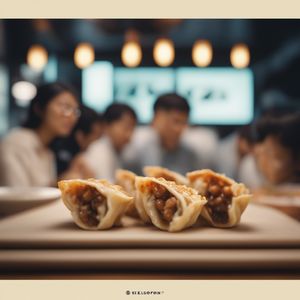
Age gyoza
Japanese cuisine
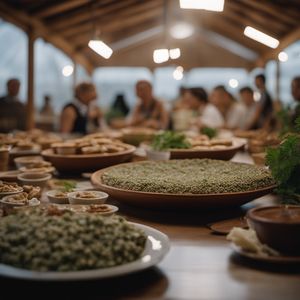
Ajdovi krapi
Slovenian cuisine

Ajdovi štruklji
Slovenian cuisine

Alivongvong
Lao cuisine
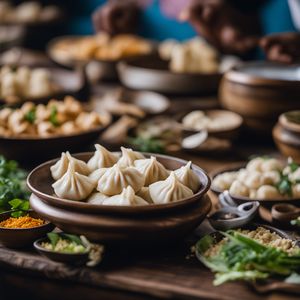
Amadombolo
South African cuisine

Aushak
Afghan cuisine

Ba wan
Taiwanese cuisine
